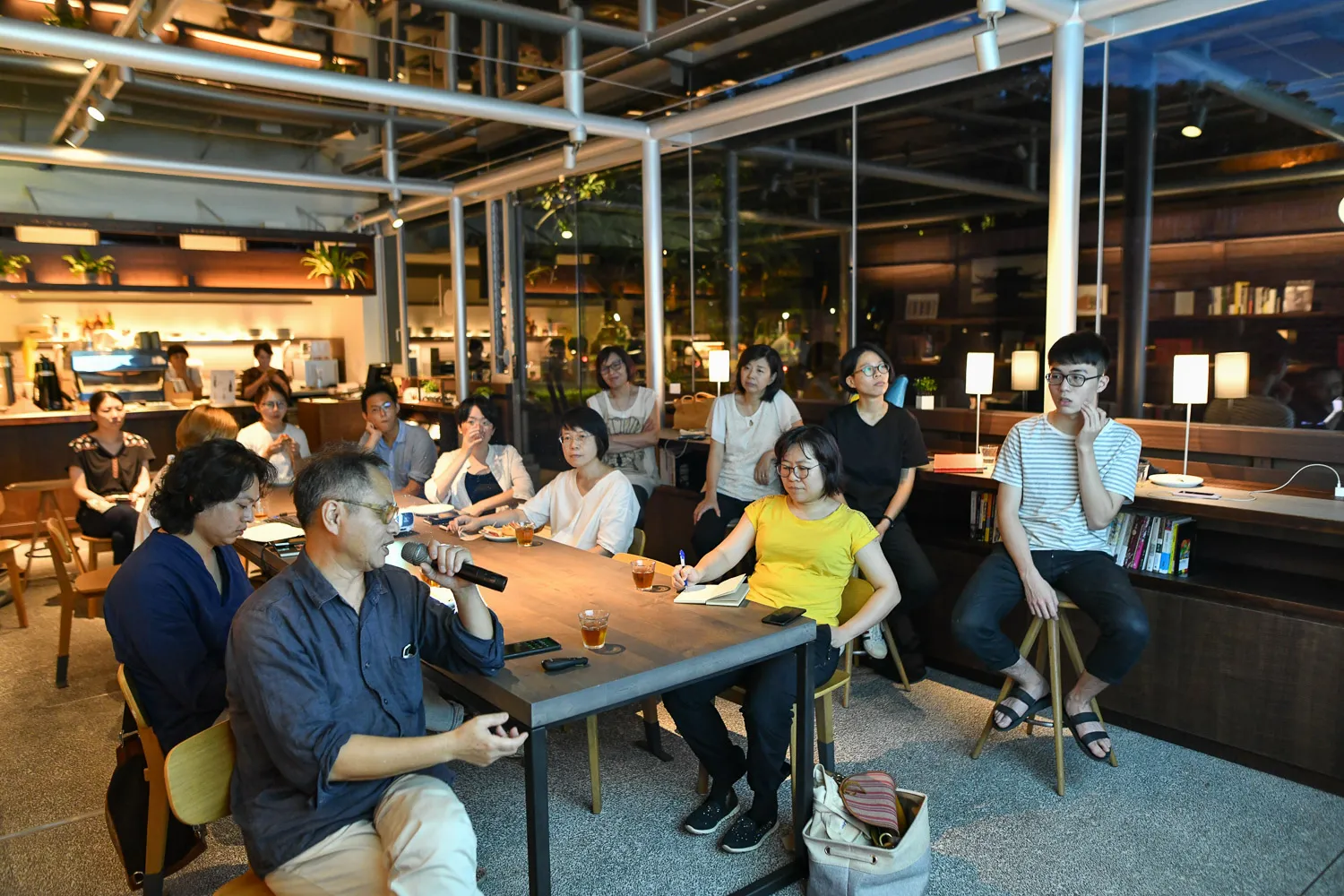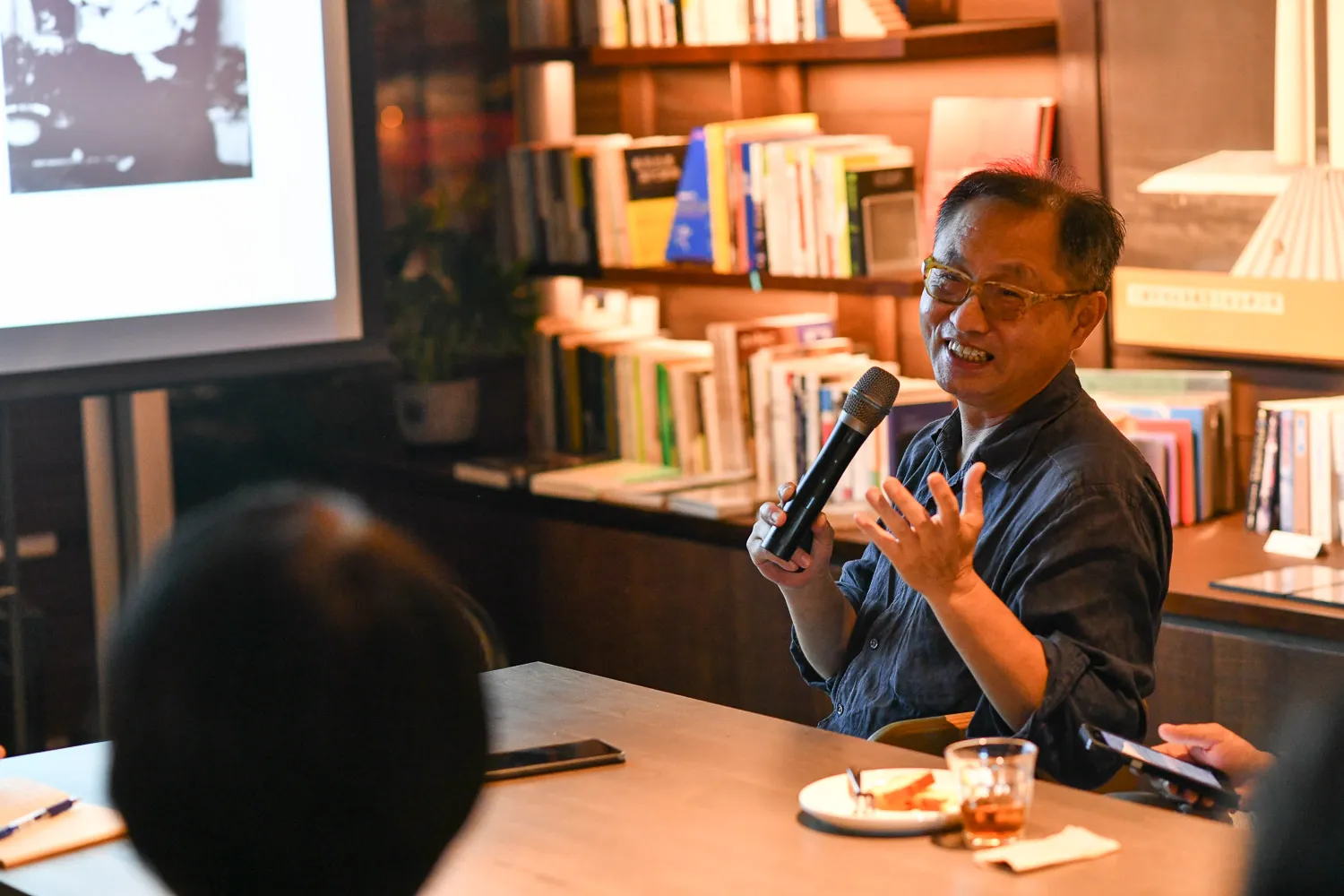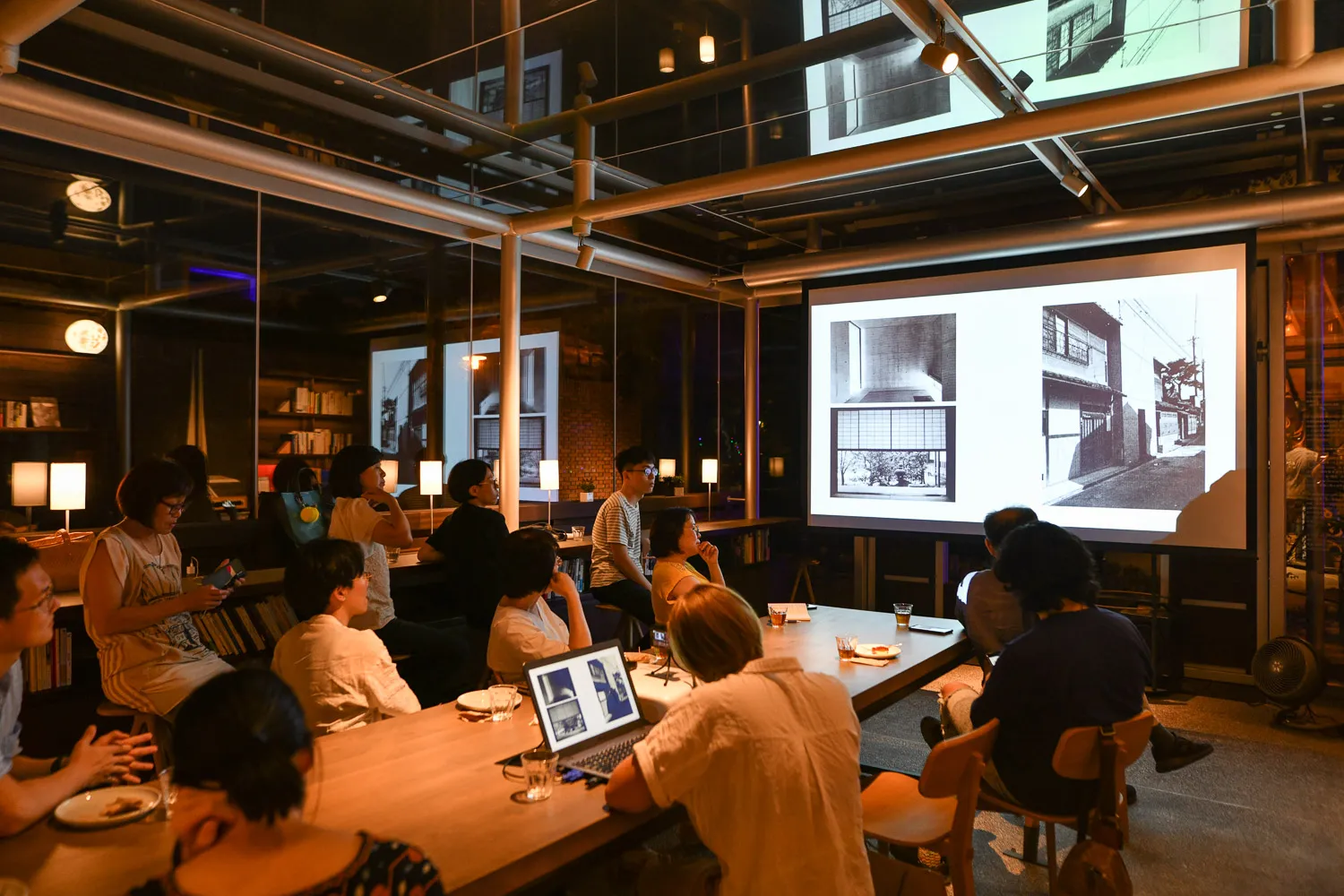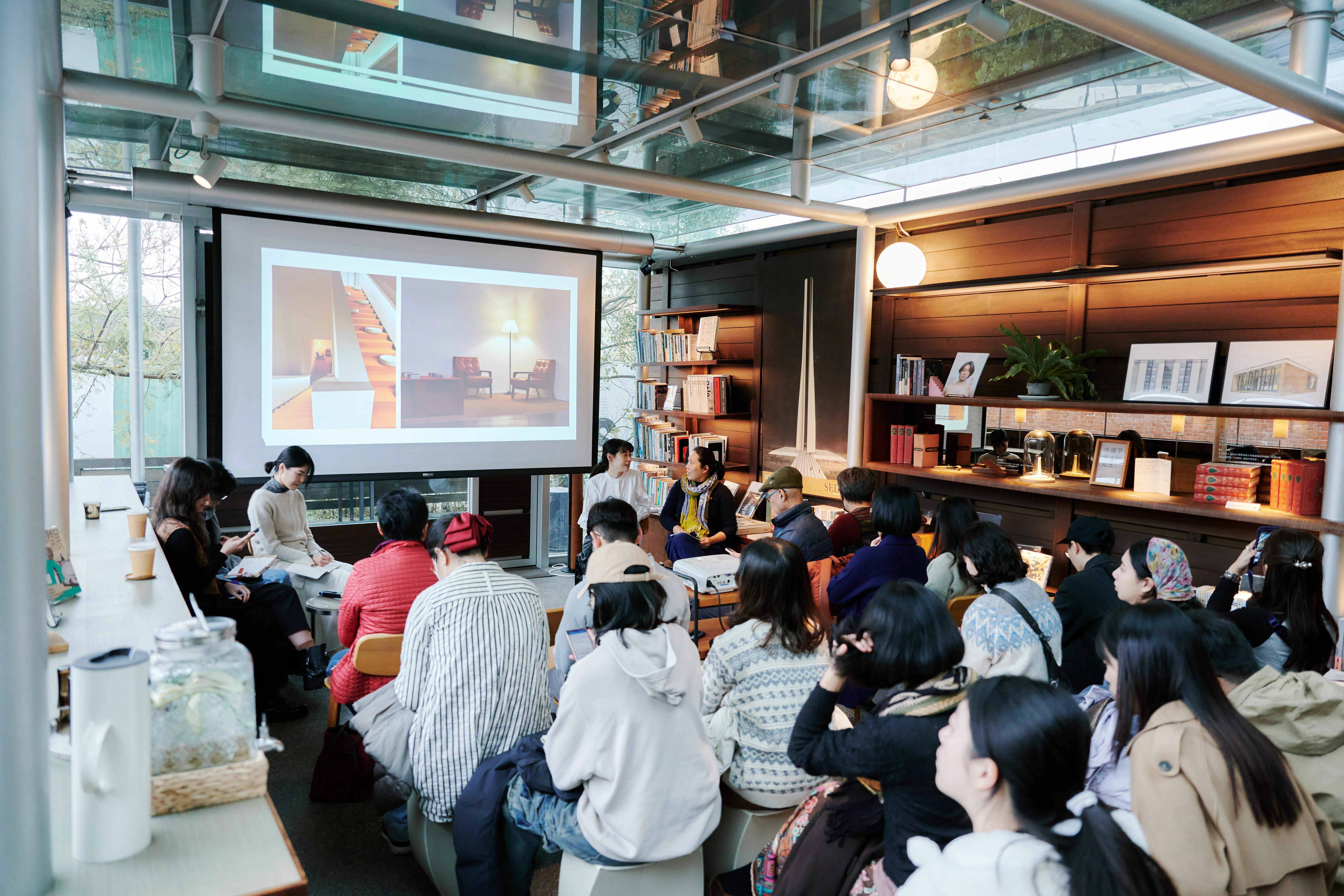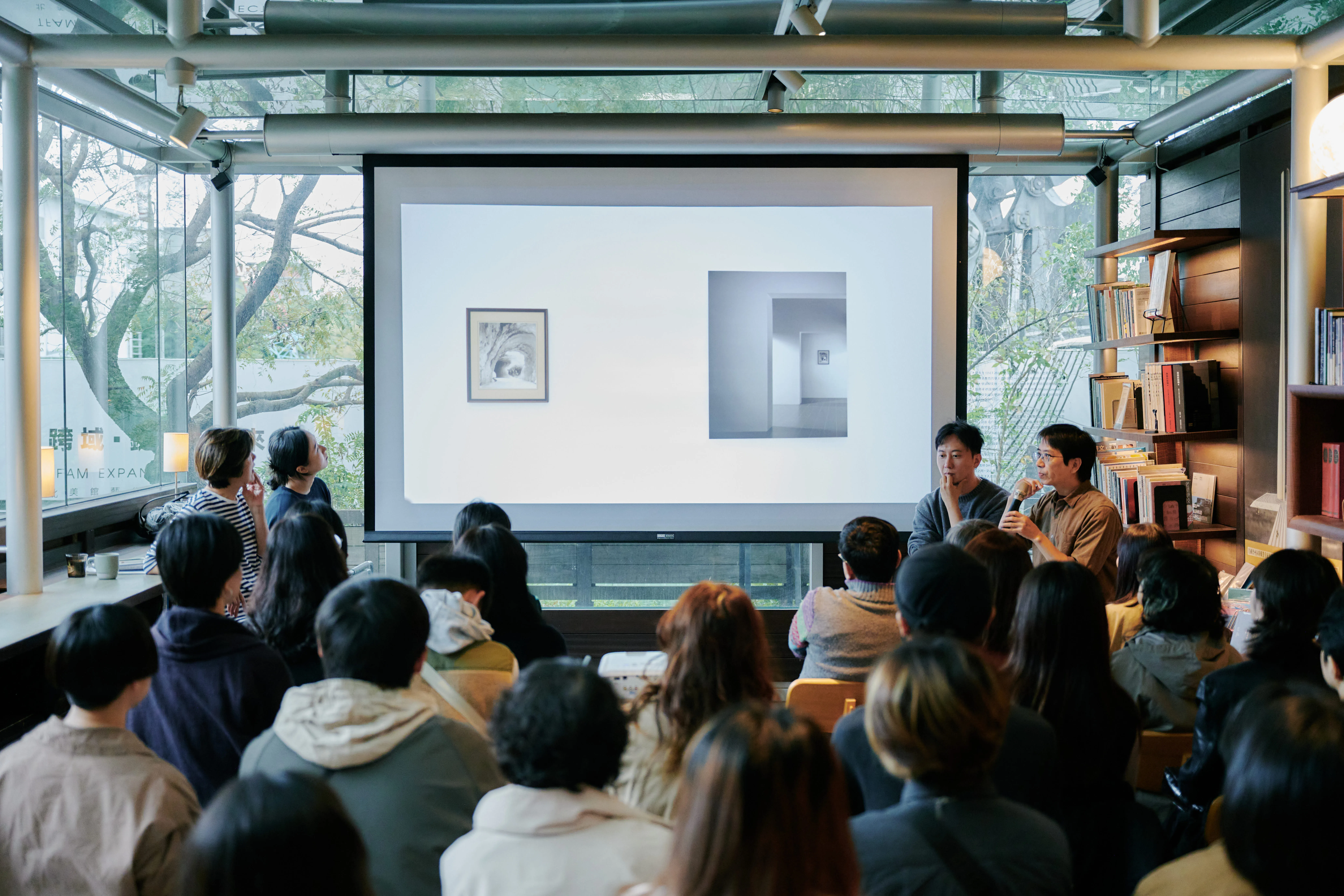
Lecture Series on Bauhaus Centenary and the 1st Memorial Anniversary of Da-Hong Wang| Chi-Kwan Chen: The “Naked Eye, Objective Eye, Mind’s Eye” in Space
Speakers
Ming-Song Shyu, Architectural History Scholar, Assistant Professor, Department of Architecture, Ming Chuan University
Location
DH Café (No. 153, Section 3, Zhongshan North Road, Zhongshan District, Taipei City)
Fee
One lecture for $500, including special snacks (sandwiches, desserts, drinks), and 10% discount on event book purchases.
Event Content
This year marks the 100th anniversary of the Bauhaus (1919-2019) and also marks the first anniversary of the death of Mr. Wang Dai. Three architects influenced by the Bao Haus in Taiwan, Wang Daei, Chen Chiquan and Zhang Zhaokang, each contributed in different ways to the development of modern architecture in Taiwan after the war. Even though time has passed, the ancients return today to take a closer look at the works they left behind, and the cultural depth of their work still amazes us. For this centenary, it is necessary to reflect on what cultural assets the ancients have left us behind. This series of four lectures is the beginning of what we intend to reflect deeply on. The theme of the lecture is “Theme 2: Taiwan Architecture and the Wide Space of Bauhaus-Chen Chi”.
Event Review
Chen Chi-Kwan received the National Arts Award in the Arts category of the National Foundation for Cultural Arts in 2004, reflecting his artistic achievements. Chen's architecture also has a poetry and atmosphere like a mountain water painting. Chen Chi-Kwan was born in Beiping, where he read four books and five books as a child, studied poetry and then studied architecture at Central University. In 1948, he attended the University of Illinois before joining the TAC architectural firm of Groupes. In 1954, Beiyu Ming was invited to participate in the planning of the campus of Donghai University. He became associated with Taiwan and became the founding director of the Department of Architecture at Donghai University. Chen Chi-Kwan's philosophy comes from the relationship between the Chinese traditional assembly and garden space — he is more concerned with “landscape” than the performance of buildings. This design is not limited to the “plants” itself, but incorporates the “leave white” of traditional painting into the overall design of the environment, recreating a literary atmosphere. For example, the layout of Tokai University around Wenli Avenue, where a courtyard covers a courtyard and uses Wenli Avenue as a transition, enriching the space while making it easy to feel at home; or the Yangte Building (1982), a clean vertical canopy that relieves huge masses of pressure on the city and relieves the hustle and bustle A section of Roosevelt Road.
